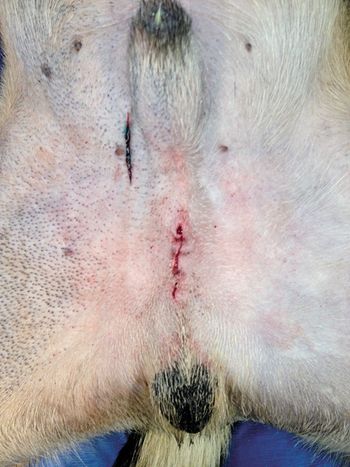
Is the scrotal castration technique as safe and efficient as the commonly taught prescrotal technique? The results of this study might surprise you.

Is the scrotal castration technique as safe and efficient as the commonly taught prescrotal technique? The results of this study might surprise you.
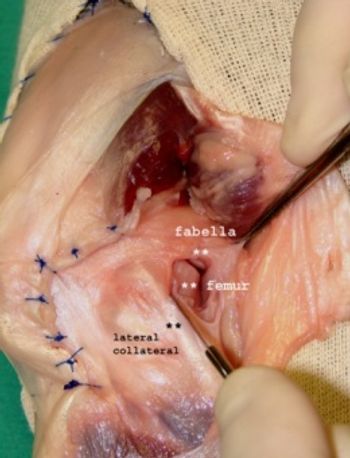
Hip dysplasia is an abnormal development of the coxofemoral joint.
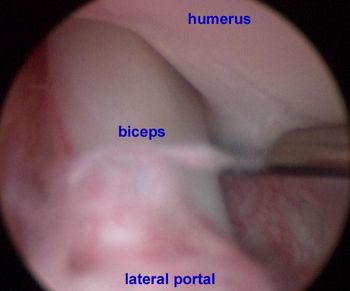
Osteochondritis dissecans OCD is a manifestation of osteochondrosis in which a flap of cartilage is lifted from the articular surface.
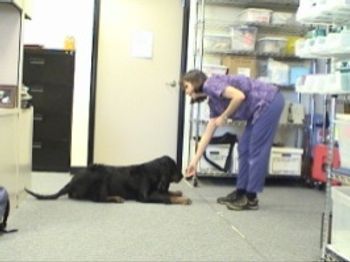
Aquatic therapy is the use of the therapeutic properties of water to provide appropriate exercises for strength, range of motion and endurance while reducing the risk of injury.

Osteoarthritis is the most common cause of chronic pain in dogs with approximately one in five adult dogs having OA.
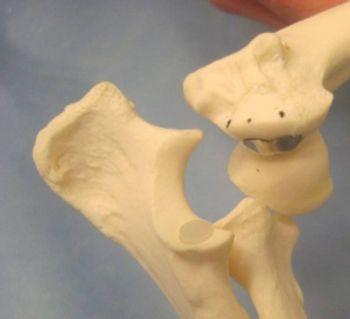
Dogs with strain of the supraspinatus tendon present with a chronic foreleg lameness, some dogs will exhibit periods of non weight bearing lameness.

This method of delivering antimicrobials to the limbs of veterinary equine patients is easily performed in the field or in the clinic.
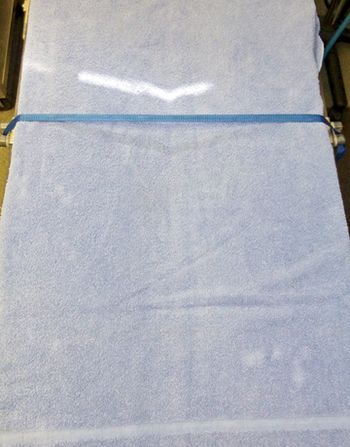
A reader tip for positioning cats for abdominal surgery.

Dr. Don Waldron demonstrates this technique, which may be indicated in patients with life-threatening upper airway obstruction, trauma, neoplasia, or functional abnormality and in many other situations.

Dr. Don Waldron demonstrates this procedure, which is most often indicated in small animals for gastric foreign body removal or to obtain biopsy samples.
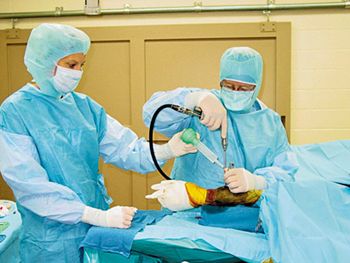
This renowned veterinary orthopedic surgeon says his success has been due to a lot of luck and stumbling into the right mentors along the way.

This reader tip will help you perfectly position cats.

Take a peek at how this turkey with a tennis-ball sized tumor was successfully treated.

Feline expert Dr. Margie Scherk shares her personal thoughts on this controversial issue.
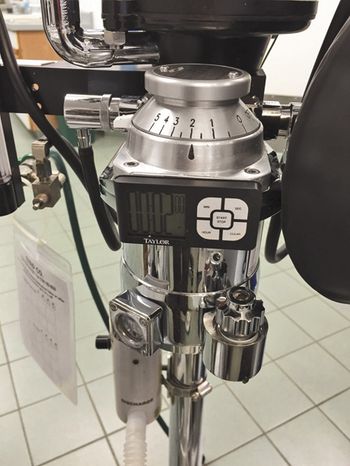
Make anesthetic episodes safer with this reader tip.
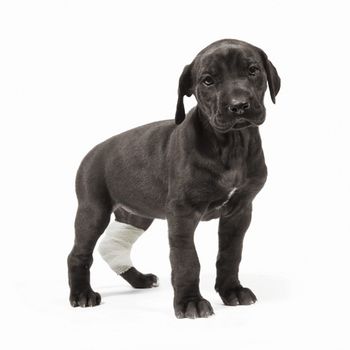
Stop infection and speed healing with these wound cleaning and bandaging strategies for veterinarians.

Treatment depends on the stage of recovery.
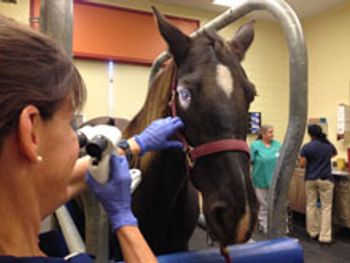
Veterinarians will have access to specialty tests and procedures for complex cases.
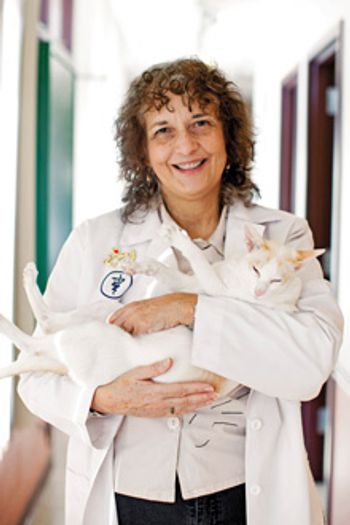
We agree that spaying and neutering pets is a good thing. Stop being so concerned about who provides the service.

This study in retired racing greyhounds offers hope for breeds at risk for postoperative bleeding.

This study investigated whether aminocaproic acid can help with delayed bleeding after spays or neuters in retired racing greyhounds.

Prevent GDV in your at-risk patients with this simple technique.

Are braces an OK option for treating this common injury in canines?

Although it sounds like a treatment found in a history bookand it isthe application of leeches has well-defined and scientifically grounded modern uses, especially in helping to reduce surgical complications.
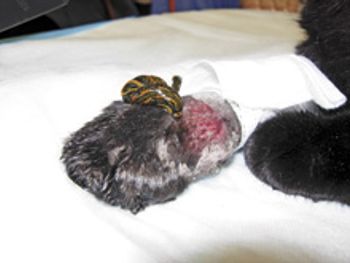
Thinking about giving medicinal leeching a try? Read this overview of the process.